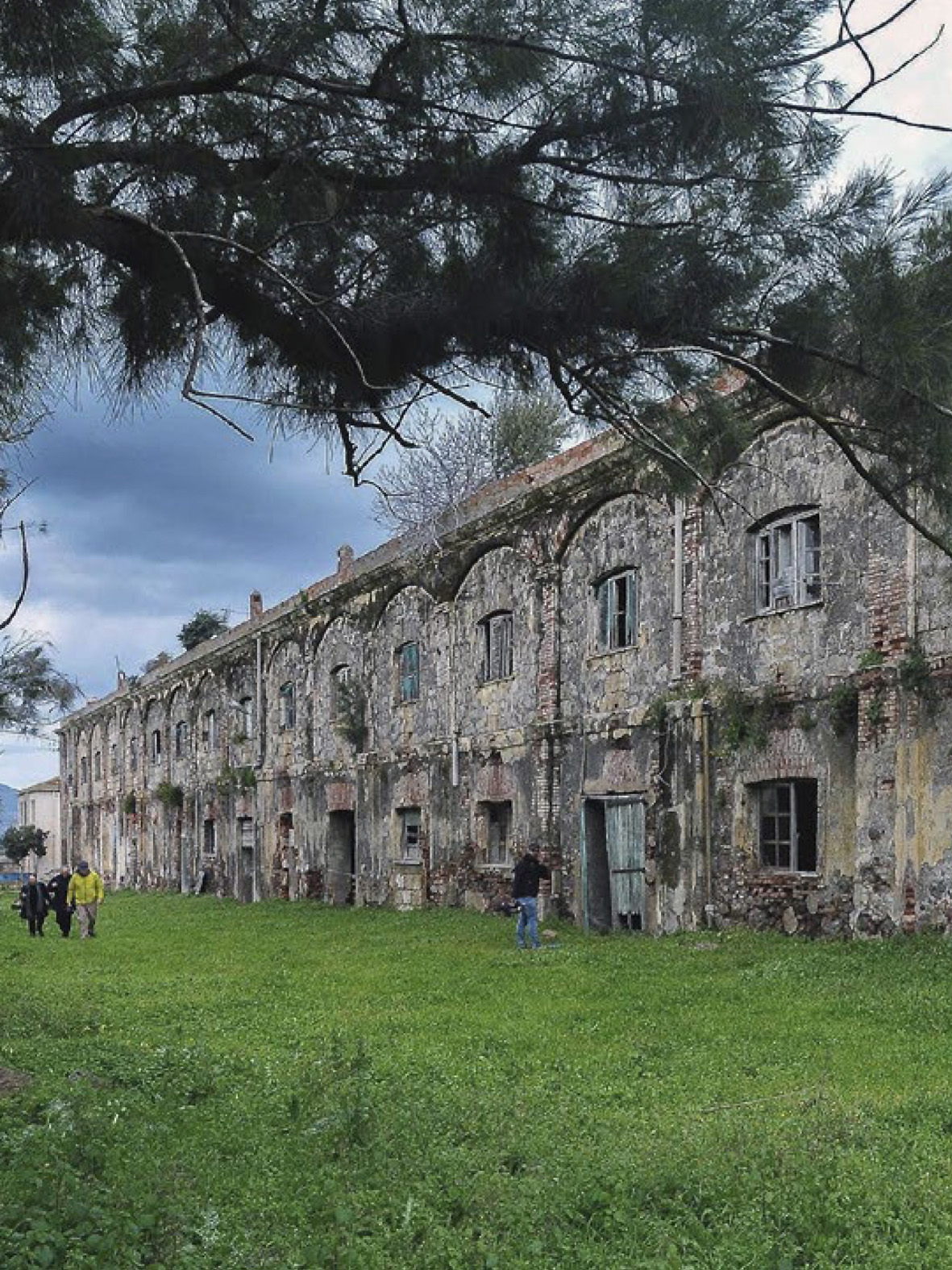
Published 2019-11-29
Keywords
- Existing buildings,
- Reuse,
- Refurbishment,
- Environmental assessment,
- Embodied impacts
How to Cite
Funding data
Abstract
The refurbishment design is a well-known strategy to mitigate environmental impacts of the built heritage, but it is not environmentally neutral. A deep knowledge of the building is required in order to maintain the greatest amount of materials – depending on its residual technological performances – and thus containing the consumption of new resources and the production of demolition wastes. Following up existing tools, a method to analyse environmental impacts and support the design at the executive level is presented. Possible intervention alternatives are evaluated from a life cycle perspective, through the embodied energy and CO2 equ indicators, aiming at re-using as much material as possible and preferring new materials with low environmental impact.






